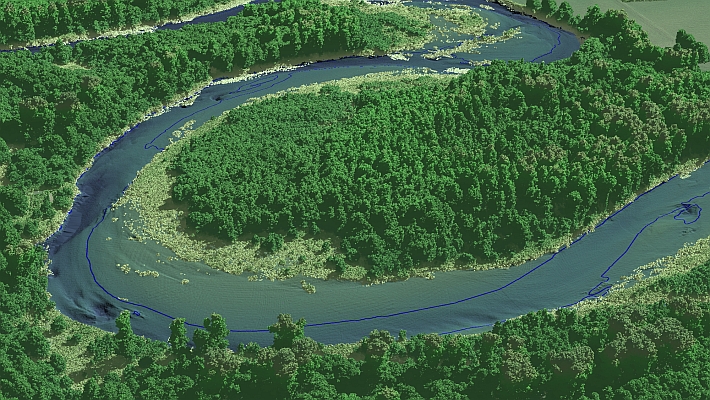The number of operating Russian satellites making up the Glonass navigation system has increased to 11. This is enough to provide navigation data to users in 47 percent of Russia’s territory, the Information and Analytical Centre of the Central Research Institute of Machine-Building’s Mission Control Centre said on Monday.
Of 17 satellites in orbit, 11 are used for the stated purposes, one is being put into operation, four are temporarily under maintenance, and one is being decommissioned. Over the 24 hours, one satellite that was undergoing maintenance was put back into operation. The system needs 18 satellites to start operating nationwide and 24 to operate worldwide.
Glonass will be increased to 18 satellites in the second half of 2007, Federal Space Agency Deputy Director Yuri Nosenko said earlier. He said the “launches of two blocks of Glonass-M spacecraft with three units in each are planned”.
At present, there are 19 satellites of Russia’s navigation system in orbit, but most have expended their service and need replacement. The Glonass system will have 23 satellites Glonass-M by 2009 and two new-generation Glonass-K satellites with a prolonged service life that are undergoing flight testing, Nosenko said.
First Deputy Prime Minister Sergei Ivanov confirmed that the Glonass satellite navigation system would begin to operate nationwide by yearend, as planned. “I have no doubts that Roskosmos (Federal Space Agency) will meet its commitments, funded by the state, by putting 18 spacecraft into orbit to allow for launching the whole system at the end of the year,” Ivanov said.
“After 2009, Russia will begin launching Glonass spacecraft with the ten-year service life. There are no doubts that Roskosmos will meet its commitments; things are somewhat more difficult with the ground infrastructure and the commercial use of Glonass,” he said.
Source: ITAR-TASS






